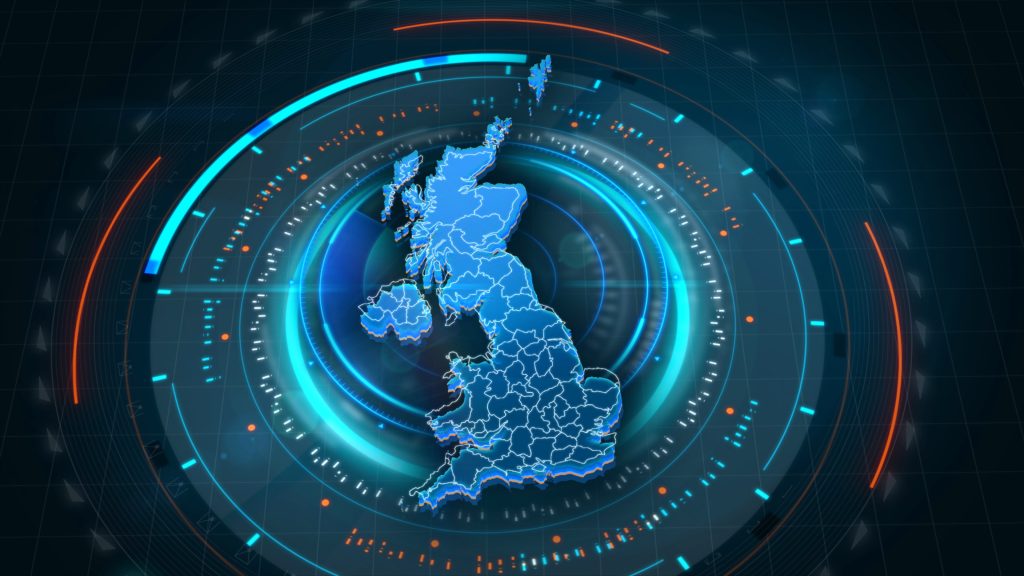UK debates digital ID vs national ID cards
The debate over national IDs has historical roots, facing civil rights opposition and abandonment in 2010.

Tony Blair, former UK Prime Minister, is advocating for digital identity as a solution to manage irregular migration, a pressing issue in the recent UK elections. In a piece for The Times addressed to Prime Minister Keir Starmer, Blair proposes leveraging AI and digital ID systems to enhance border controls and immigration management.
Blair emphasises the need for a robust digital identity framework, suggesting it could replace traditional national ID cards. This approach, he argues, could ensure accurate identification without the need for centralised databases or government-issued cards, which has sparked controversy in the past.
Despite Blair’s advocacy, UK government officials, including Business Secretary Jonathan Reynolds, hesitated to reintroduce national ID cards. Instead, the government plans to establish a new enforcement and return unit to tackle illegal migration and smuggling rings.
The debate over digital ID versus national ID cards has historical roots, dating back to Blair’s earlier proposals in the 2000s. The issue resurfaced recently amidst concerns over illegal migration and the small boat crisis in the English Channel, prompting renewed discussions about the role of ID documents in modern immigration policies.
Why does this matter?
Advocates like the Open Identity Exchange stress that if implemented adequately through frameworks like the Digital Verification Service, digital ID systems could drive economic growth and improve service delivery in sectors beyond immigration, such as healthcare and education. Despite challenges, proponents argue that a secure, decentralised digital ID system could substantially benefit the UK’s digital economy and public services.

